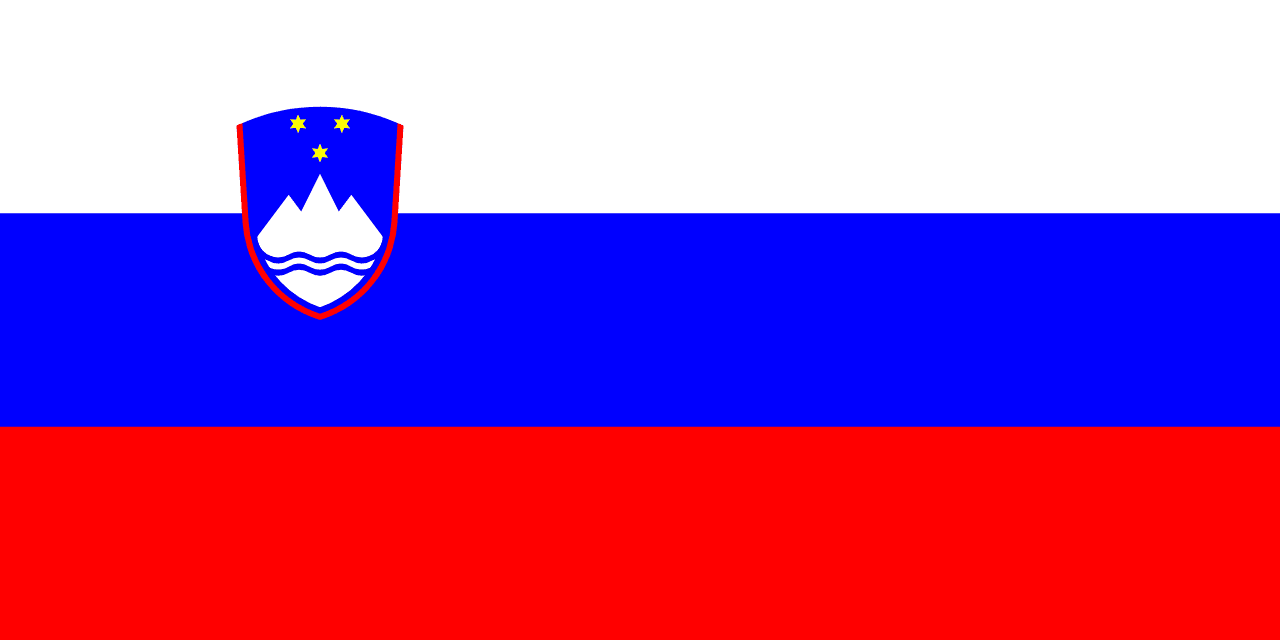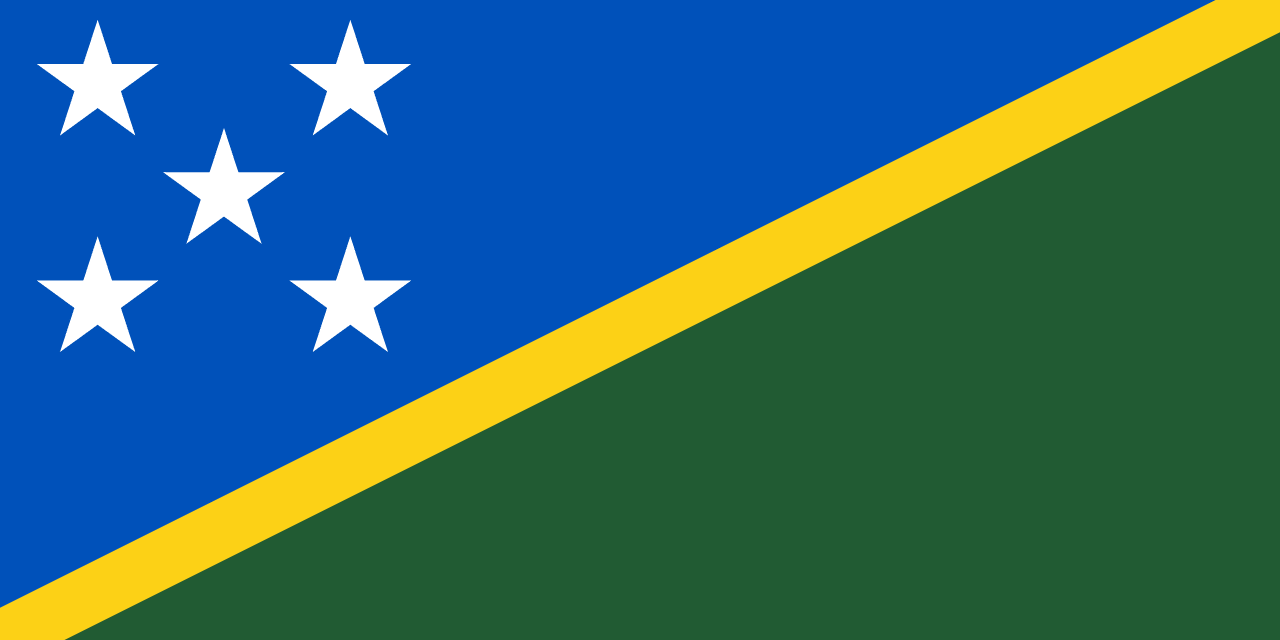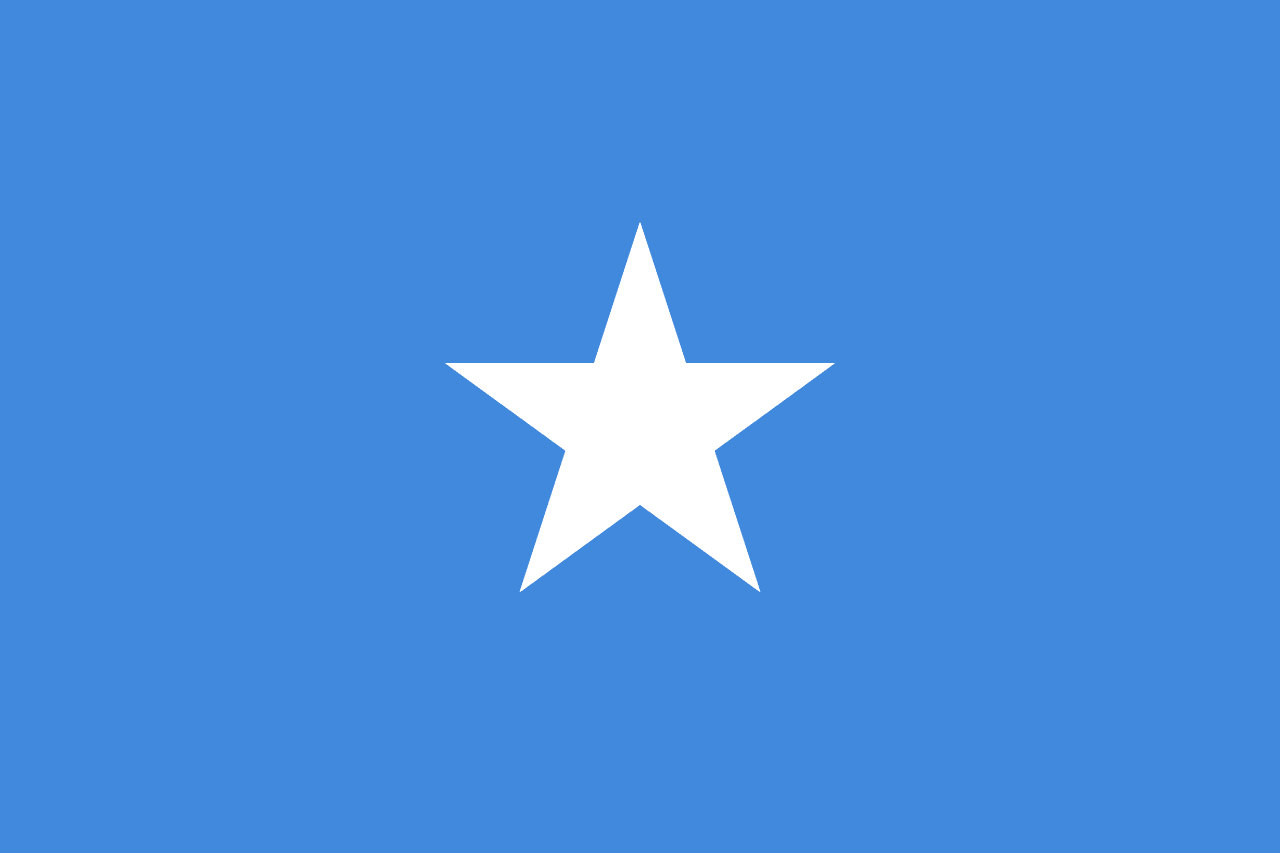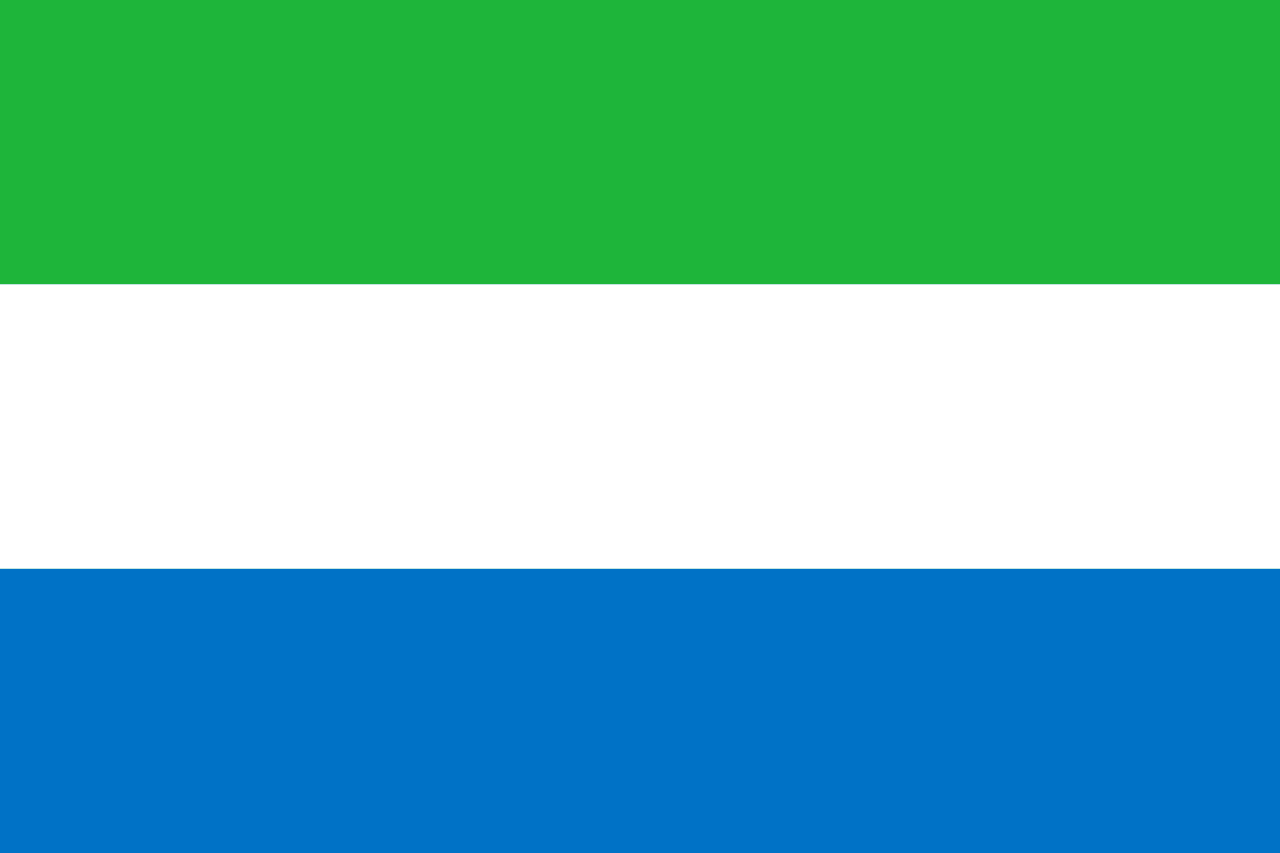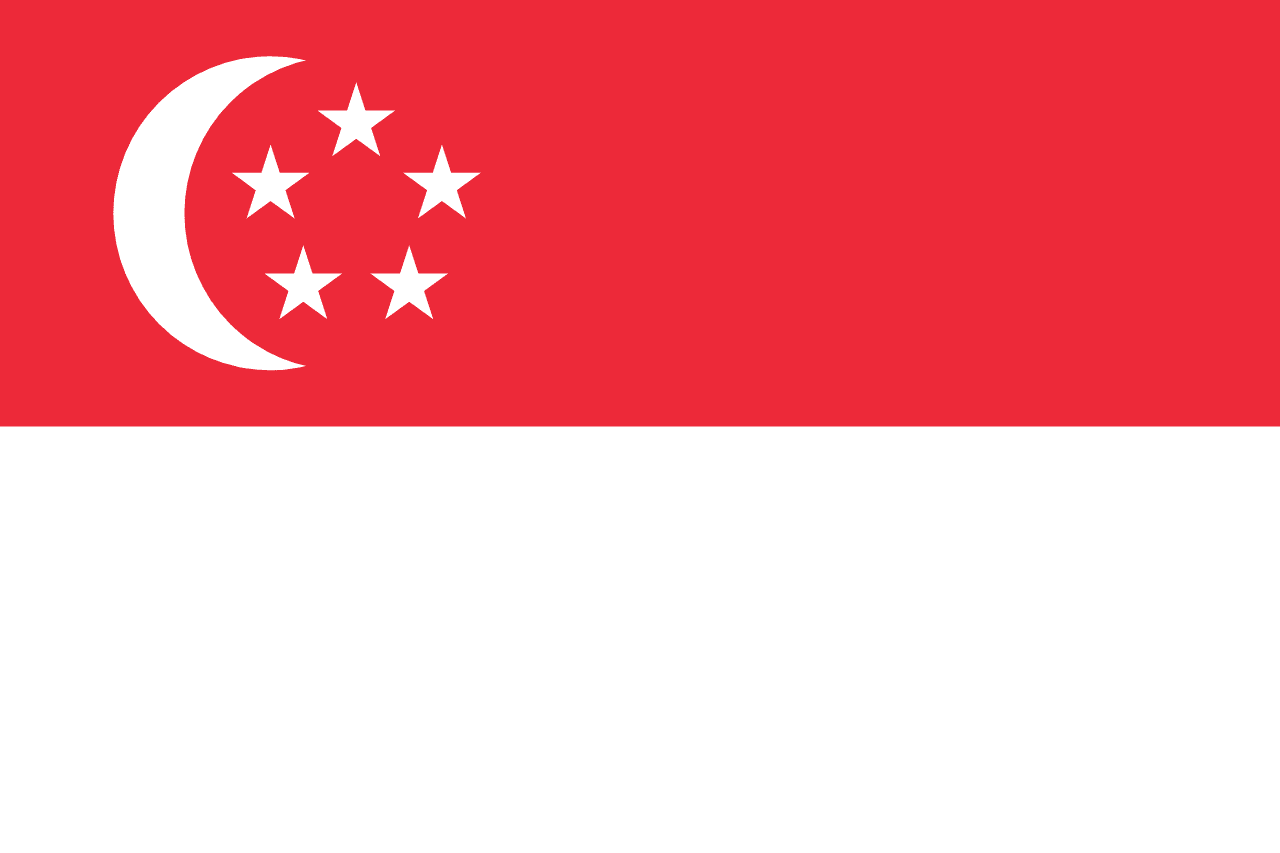The flag of Slovakia consists of three horizontal stripes of white, blue, and red, with the national coat of arms prominently displayed on the left side. This design encapsulates Slovakia's rich history, cultural heritage, and aspirations as a modern European nation.
Slovakia information
| National Flag Day | — |
| Sovereign state | Yes |
| Official name | Slovak Republic |
| Capital | Bratislava |
| Population | 5,421,349 |
| Area | 49,035 km² |
| Currency | Euro (€) |
| Language | Slovak |
| Continent | Europe |
| Region | Central Europe |
| Subregion | — |
| Borders | Austria, Czech Republic, Hungary, Poland, Ukraine |
| Timezone | Central European Time (CET) UTC+1 |
| Calling code | +421 |
| Top-level domain | .sk |
History of the Slovak flag
 The current Slovak flag was officially adopted on September 3, 1992, following the peaceful dissolution of Czechoslovakia. However, its roots can be traced back to the Pan-Slavic colors adopted in the 19th century. The flag's design underwent several modifications throughout Slovakia's history, reflecting the nation's changing political landscape and quest for independence.
The current Slovak flag was officially adopted on September 3, 1992, following the peaceful dissolution of Czechoslovakia. However, its roots can be traced back to the Pan-Slavic colors adopted in the 19th century. The flag's design underwent several modifications throughout Slovakia's history, reflecting the nation's changing political landscape and quest for independence.
Symbolism and design of the Slovak flag
Each element of the Slovak flag carries profound symbolism:
- The white stripe represents purity, innocence, and the snow-capped peaks of the Carpathian Mountains.
- The blue stripe symbolizes loyalty, justice, and the clear skies over Slovakia.
- The red stripe stands for strength, bravery, and the blood shed for Slovak independence.
- The coat of arms features a double cross on three hills, representing Christianity and the historic mountains of Tatra, Fatra, and Matra.
Usage and significance of the Slovak flag
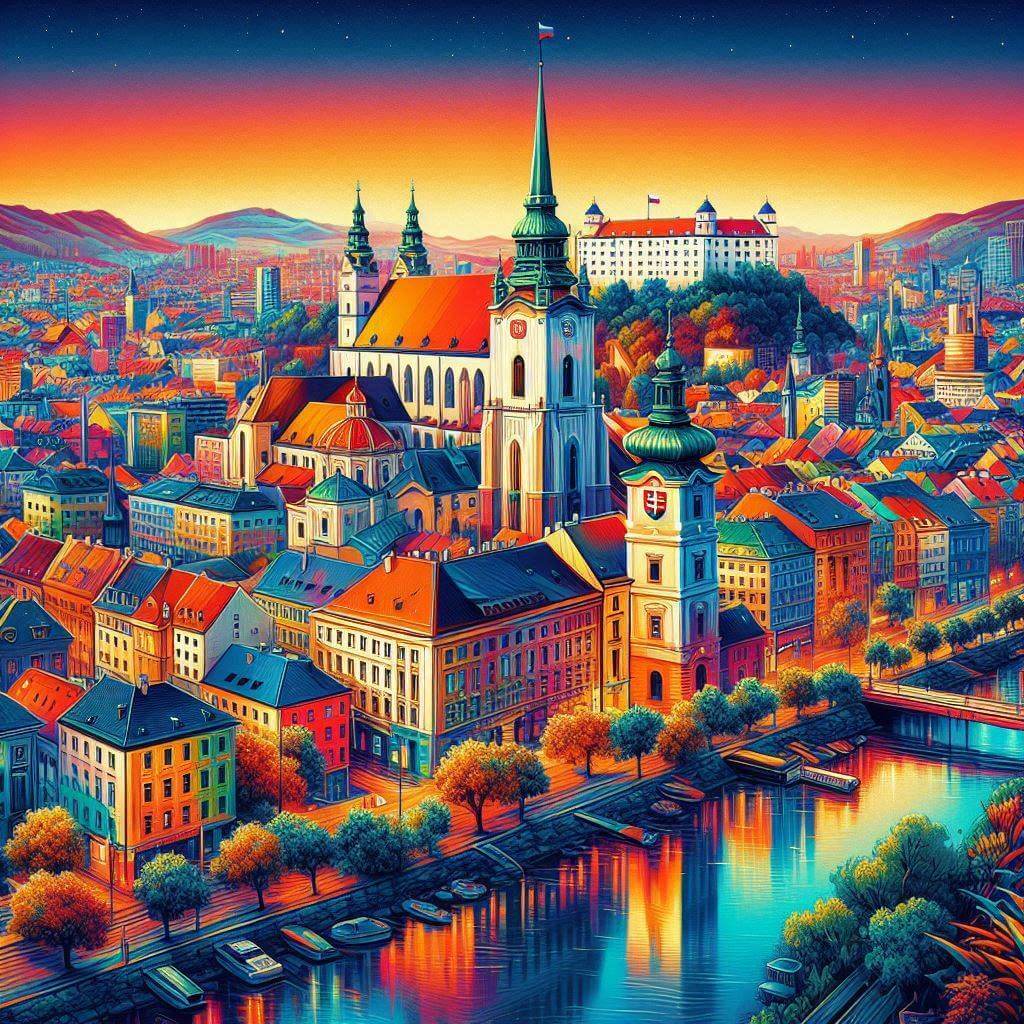 The Slovak flag is a powerful emblem of national identity and sovereignty. It is displayed on government buildings, schools, and during national holidays such as Constitution Day on September 1. The flag also represents Slovakia in international forums, including the European Union and United Nations, symbolizing the country's place in the global community.
The Slovak flag is a powerful emblem of national identity and sovereignty. It is displayed on government buildings, schools, and during national holidays such as Constitution Day on September 1. The flag also represents Slovakia in international forums, including the European Union and United Nations, symbolizing the country's place in the global community.
Interesting facts about the Slovak flag
- The Slovak flag is nearly identical to the flag of Slovenia, leading to occasional confusion. To differentiate, Slovakia added its coat of arms to its flag in 1992.
- The double cross in the coat of arms dates back to the 9th century, representing Slovakia's deep Christian roots.
- The three hills in the coat of arms originally represented Hungary, as Slovakia was part of the Kingdom of Hungary for centuries. They were later reinterpreted to represent Slovak mountains.
- The flag's colors are often referred to as the "Slavic tricolor," shared by many Slavic nations and symbolizing their common heritage.
